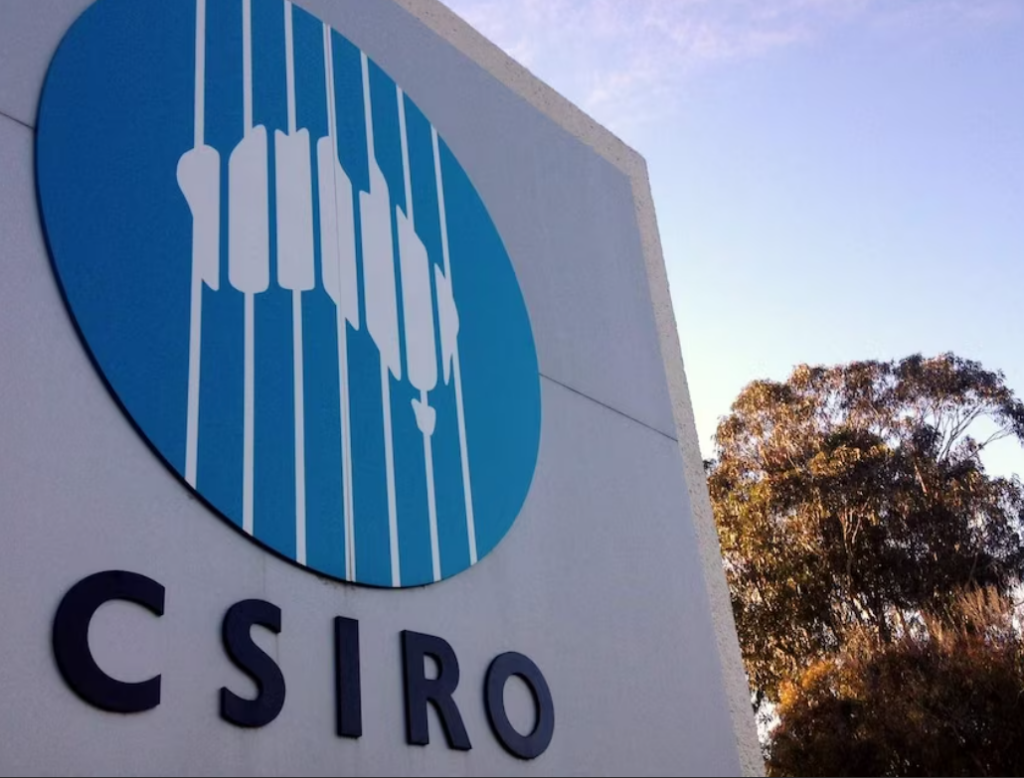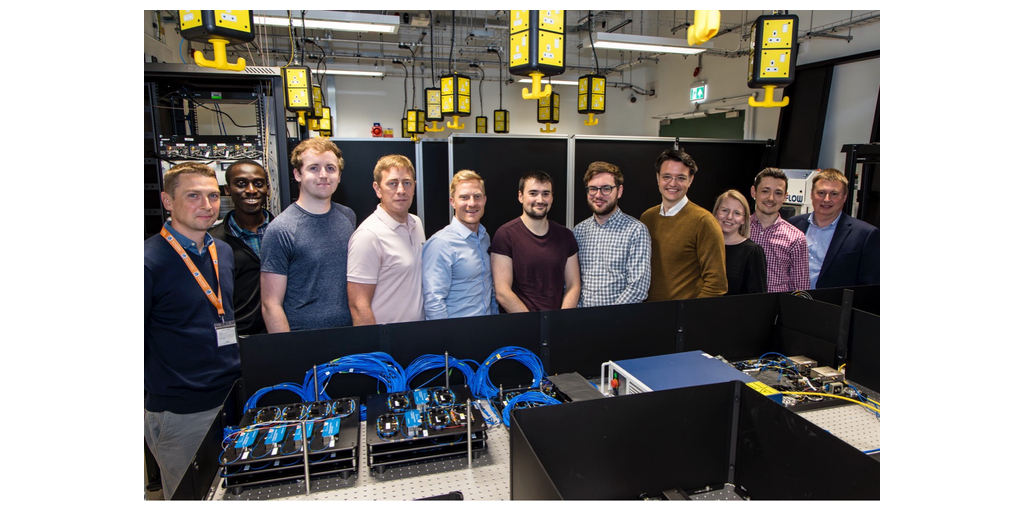Insider Brief
- Researchers at Centre for Eye and Vision Research are using quantum technology to detect age-related macular degeneration in its early stages.
- The disease causes changes to the macula, which can lead to problems with central, detailed vision.
- The Institute for Quantum Computing at the University of Waterloo and The Hong Kong Polytechnic University are helping to create a prototype of the Structured Light Observation, Perception and Evaluation device.
PRESS RELEASE — Scientists are working on a new device that could lead to a reduction in the number of people who go blind from age-related macular degeneration (AMD). Researchers at Centre for Eye and Vision Research (CEVR) are using quantum technology to detect the disease in its early stages where treatment may help preserve vision.
As part of a visit during the recent Hong Kong Laureate Forum, young scientists from across the world learned how the new low-cost ophthalmic diagnostic device could be part of routine GP and outpatient check-ups.
AMD which affects more than 200 million people worldwide, causes changes to the macula, which can lead to problems with central, detailed vision.
“Successful commercialisation of our research will have a significant impact on improving vision-related healthcare,” said Dr Mukhit Kulmaganbetov, postdoctoral fellow in Hong Kong-based CEVR. “Eye health is often overlooked with people often only visiting an eye-care specialist after they develop visual symptoms or vision loss. In early stage of macular degeneration, patients may be asymptomatic; AMD is often only diagnosed after partial or full loss of vision has occurred. While current treatments can slow the progression of AMD, they cannot restore vision loss experienced in the later symptomatic stage of the disease. Delivering a device that can be used as part of a routine check-up will enable people to seek medical advice before any deterioration in their sight.”

CEVR has teamed up with the Institute for Quantum Computing at the University of Waterloo, in Canada, and The Hong Kong Polytechnic University, to create a prototype of the Structured Light Observation, Perception and Evaluation (SLOPE) device.
Dr Kulmaganbetov says the device, the world’s first adoption of quantum optics into vision sciences, will help fill the gap for early diagnosis/screening of AMD.
“In healthy eyes, ‘structured’ light can be seen in the form of visual effects caused by the interaction between polarised light and the retina,” he added. “The laser enables us to expand this phenomenon into a larger, more visible pattern. Our initial findings show people with healthy eyes have no difficulty in seeing this pattern, while eyes with AMD perceive them differently. The device will enable early preventive treatment of AMD before irreversible vision loss occurs and help reduce the burden of age-related vision loss.”
Mr Taranjit Singh, the research assistant working on the technical build of the invention, says the device is aimed at the B2C, B2B and B2G markets for use in major city centres to screen anyone over the age of 40.
CEVR is one of 29 world-class InnoHK research centres under the Hong Kong Government’s InnoHK Clusters initiative, which aims to generate technologies to prevent vision loss in the aging population and preserve healthy vision.
For more market insights, check out our latest quantum computing news here.


















